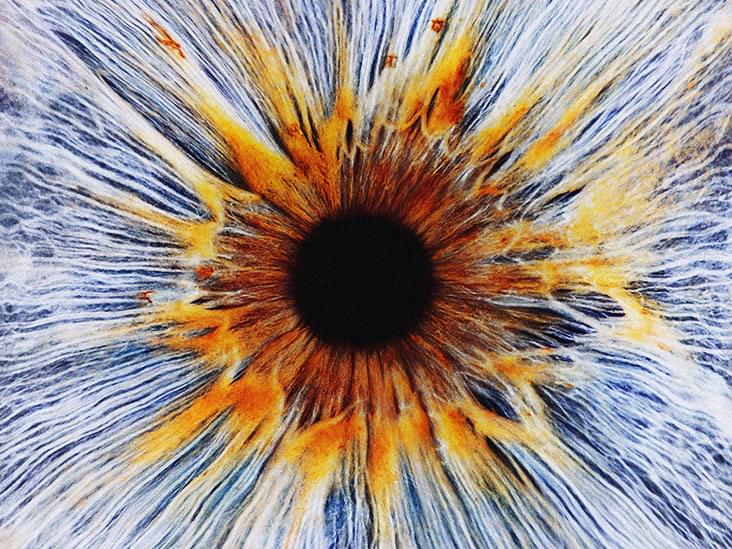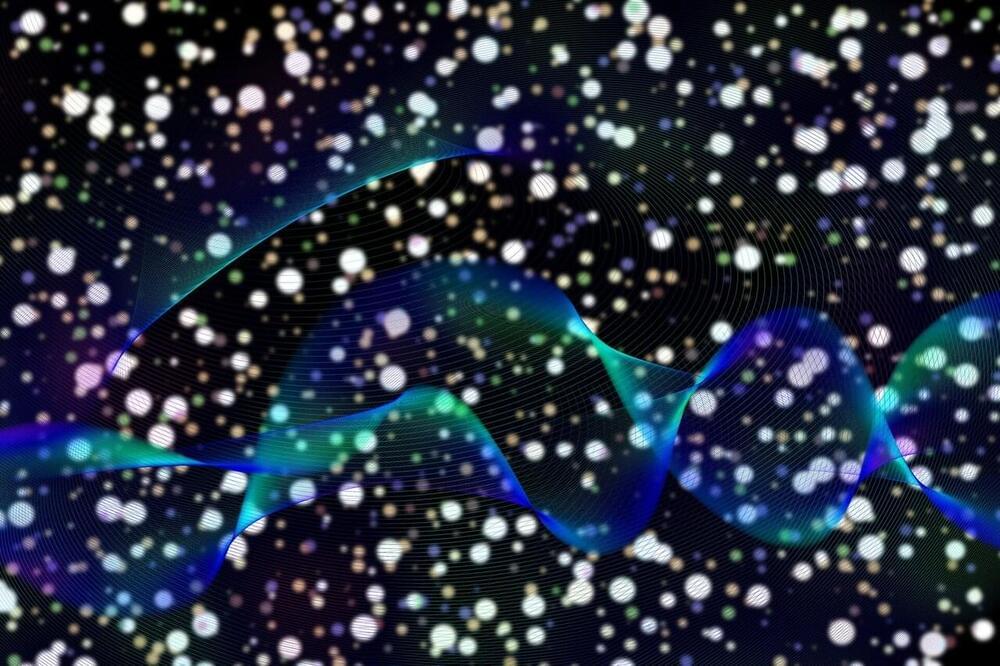Though Boeing may redesign the capsule’s problematic valves before a crewed flight.
With Boeing’s next Starliner crew capsule launch attempt fast approaching, the company is considering redesigning the capsule’s propulsion valves, due to issues that have so far stopped the company from launching crewed flights to the ISS and competing with SpaceX, a report from *CNBC* reveals.
Boeing is developing the Starliner spacecraft thanks to a roughly $5 billion contract it was awarded under NASA’s Commercial Crew program. The next launch attempt, called OFT-2, is scheduled for next Thursday, May 19.
If the launch is successful, the uncrewed Starliner will then aim to dock with the International Space Station roughly a day later, on May 20.
Up until now, several issues have delayed the development and the first crewed flight of Starliner. In 2019, a software malfunction prevented the first orbital test flight from reaching the ISS after launching to orbit aboard an Atlas V N22; last August, a propulsion valve issue was noticed before the second launch attempt. 13 of the 24 oxidizer valves responsible for Starliner’s movement in orbit were damaged by corrosion caused by humidity at the launch site.
First, Boeing wants to do a little more testing\.









